Glacier Express
The Glacier Express is a direct train connecting railway stations of the two major mountain resorts of Zermatt and St. Moritz via Andermatt in the central Swiss Alps. The train is not an "express" in the sense of being a high-speed train, but rather, in the sense that it provides a one-seat ride for an 8-hours-long end-to-end 291 km (181 mi) journey, and omits stops made by local trains. The Glacier Express has been called the 'slowest express train in the world'. As St. Moritz and Zermatt are home to two well-known mountains, the Glacier Express is also said to travel from Matterhorn to Piz Bernina.
The journey from Zermatt starts at the dead end of an Alpine valley, the Mattertal, just below the world-renowned Matterhorn at an elevation of 1,606 m (5,269 ft) before it descends to the huge valley of the Valais in Brig. It journeys 291 kilometres (181 mi) through the center of the Swiss Alps, over 291 bridges, through 91 tunnels — such as the 15.4 km-long (9.6 ...Read more
The Glacier Express is a direct train connecting railway stations of the two major mountain resorts of Zermatt and St. Moritz via Andermatt in the central Swiss Alps. The train is not an "express" in the sense of being a high-speed train, but rather, in the sense that it provides a one-seat ride for an 8-hours-long end-to-end 291 km (181 mi) journey, and omits stops made by local trains. The Glacier Express has been called the 'slowest express train in the world'. As St. Moritz and Zermatt are home to two well-known mountains, the Glacier Express is also said to travel from Matterhorn to Piz Bernina.
The journey from Zermatt starts at the dead end of an Alpine valley, the Mattertal, just below the world-renowned Matterhorn at an elevation of 1,606 m (5,269 ft) before it descends to the huge valley of the Valais in Brig. It journeys 291 kilometres (181 mi) through the center of the Swiss Alps, over 291 bridges, through 91 tunnels — such as the 15.4 km-long (9.6 mi) Furka Tunnel at an elevation of 1,500 m (4,900 ft), which circumvents the Furka Pass — makes an intermediate stop at Andermatt in a secluded high Alpine valley, and traverses its high point on the Oberalp Pass at 2,033 m (6,670 ft) before descending to its low point at Chur at 585 m (1,919 ft). From Chur, the capital of the canton of Graubünden, the Glacier Express regains altitude, stopping at Filisur — where travelers can change for a connecting train to reach Davos to the east — and then traverses the Albula Range via a tunnel at 1,800 metres (5,900 ft) to reach the resort St. Moritz in a valley to the south.
Since 2017, the train has been operated by the Glacier Express AG, a cooperation jointly owned by the former operators Matterhorn Gotthard Bahn (MGB) and Rhaetian Railway (RhB). For much of its journey, it also passes along and through the World Heritage Site known as the "Rhaetian Railway in the Albula / Bernina Landscapes".
The first Glacier Express started on 30 June 1930 at 07:30 in Zermatt. Initially, it was operated by three railway companies: the Visp-Zermatt-Bahn (VZ), the Furka Oberalp Bahn (FO), and the Rhätische Bahn (RhB). From 2003 to 2017, the train was operated by Rhätische Bahn (RhB) and the Matterhorn Gotthard Bahn (MGB), which arose from a merger between the BVZ and the FO.
The entire line is metre gauge (narrow gauge), with 23.9 kilometres (14.9 mi) using the rack-and-pinion system both for ascending steep grades and to control descent.
The completion of the final portion of the FO in 1926 opened up the cantons of Valais and Graubünden to further tourist development. In particular, a pathway was laid for the introduction of Kurswagen (through coaches) between Brig and Chur, and between Brig and St. Moritz.[1]
In early June 1930, the then Visp–Zermatt Bahn was extended to Brig by the opening of a metre gauge line along the Rhone Valley between Visp and Brig. For the first time, it was feasible to operate through coaches all the way from Zermatt to St. Moritz and return. On 25 June 1930, the first train of such coaches set out from Zermatt to St. Moritz, under the name Glacier Express.[1] The new train's name honoured the Rhone Glacier, which is near Gletsch, on the Furka Pass.[2]
Until 1982, the Glacier Express operated only in the summer months, because the Furka Pass and the Oberalp Pass were both snowed over in winter. Initially, the train was made up of first to third class salon and passenger coaches, supplied by all three of the participating railway companies. Between Chur and Disentis/Mustér, passengers could enjoy a hot lunch in a Mitropa dining car. From 1933, the Glacier Express through coaches were attached to normal passenger trains between Brig and Zermatt.[1]
In the earliest years of the Glacier Express, electric locomotives were used to haul the Glacier Express on the BVZ and the RhB, but steam locomotives were used on the FO. That changed in 1941-1942, when overhead catenary was installed on the FO, enabling completely electric operation for the full length of the route. However, no through trains were operated between 1943 and 1946, due to World War II.[1]
Upon the resumption of daily through trains in 1948, the dining car service was extended from Disentis/Mustér to the top of the Oberalp Pass. Between the 1950s and the 1970s, both the BVZ and the RhB introduced new locomotive classes that, when attached to the Glacier Express, enabled reductions in schedule times. Meanwhile, the dining car service was extended further, to Andermatt.[1]
Year-round operationsIn 1981, a Glacier Express era came to an end with the final closure for the winter of the FO line over the Furka Pass and through the Furka Summit Tunnel, between Oberwald, Gletsch and Realp. In June 1982, that FO line was replaced by the newly opened Furka Base Tunnel. As a consequence, the Glacier Express not only became disconnected from its namesake Rhone Glacier, but also could now, for the first time, be operated on a year-round basis.[2][1]
At that time, the BVZ, FO and RhB took the opportunity to relaunch the Glacier Express as a tourist attraction. Promotional material focused on the train's status as "the slowest express train in the world", covering 291 km or 181 mi, 91 tunnels, and over 291 bridges. A special promotional wine glass on a sloping base emphasised the steepness of some parts of the route. Passenger numbers rose from 20,000 in 1982 to over 53,000 in 1983, and to just over 80,000 in 1984.[2]
Recent developmentsIn 1985, the Glacier Express timetable was completely revised. Between 1986 and 1993, the BVZ and the FO invested nearly 40 million Swiss francs in constructing 18 new first class panorama cars for the train.[1] By 2005, more than 250,000 passengers were travelling on the Glacier Express each year.[2]
In 2006, a few scenes of the documentary film The Alps were shot inside the train, and further new panorama cars were added to the Glacier Express passenger car fleet. On 7 July 2008, the Albula Railway and the Bernina Railway were jointly recorded in the list of UNESCO World Heritage Sites, under the name Rhaetian Railway in the Albula / Bernina Landscapes. Currently, the Glacier Express is especially popular with tourists from Germany, Japan, and, increasingly, India.
In 2013, the direct service to Davos was discontinued because of decreasing passenger numbers and unfavourable economic circumstances.[3]
In 2018, two additional summer services were introduced. Each morning one service departs from Zermatt to Chur, and one service departs from St. Moritz to Brig. These services then travel back in the afternoon.[3]
2010 derailmentOn 23 July 2010, a Glacier Express train derailed near Fiesch on the Matterhorn Gotthard Bahn line. One passenger was killed and 42 were injured.[4] The accident was blamed on human error.[5]
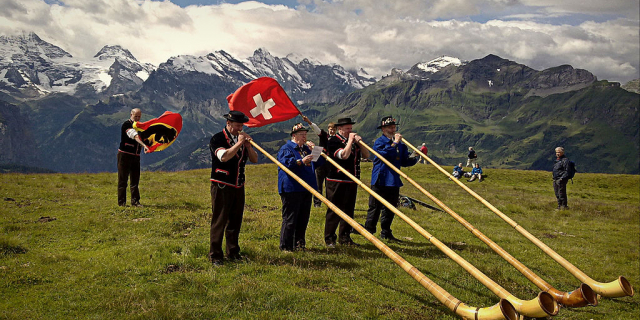

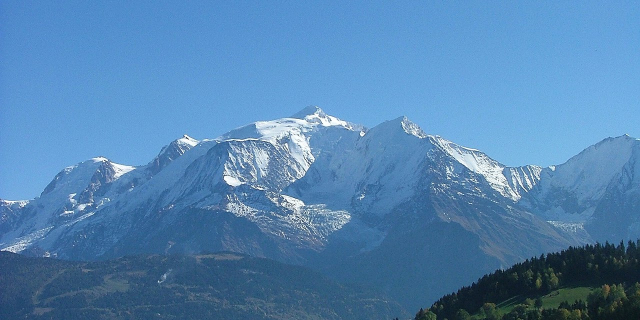

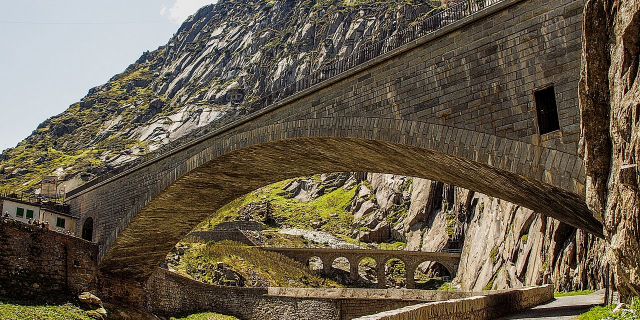

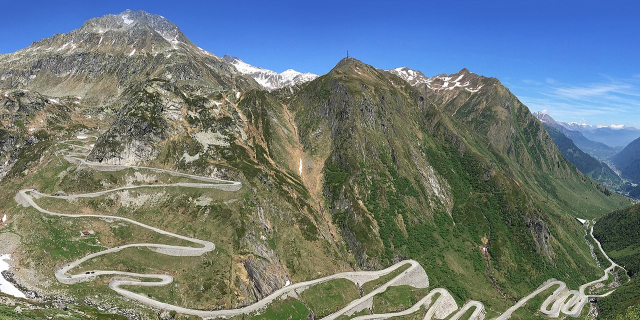





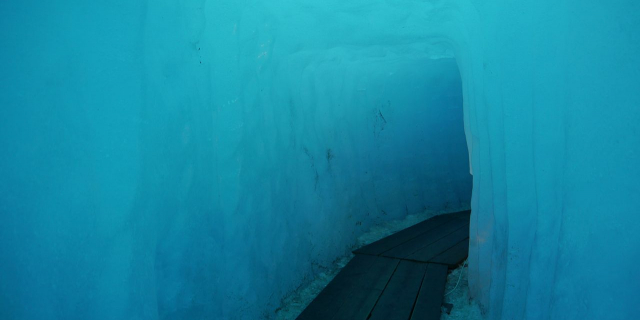



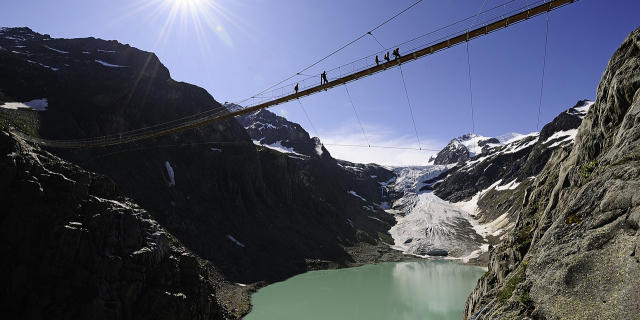

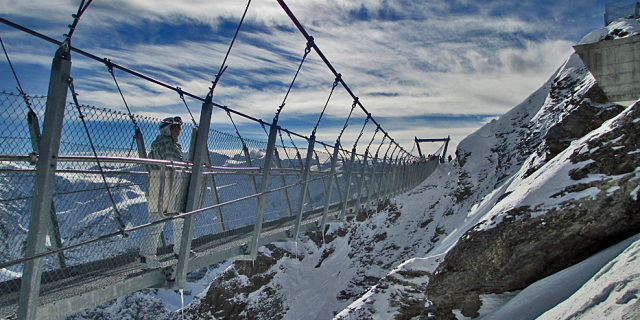











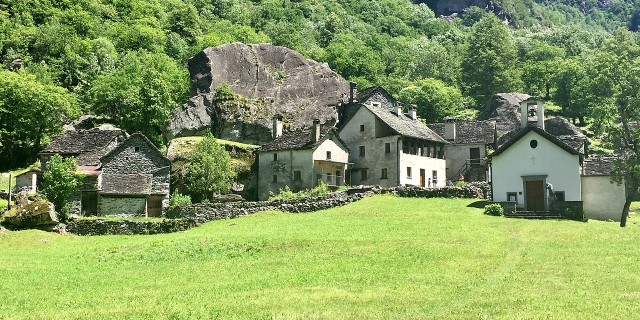

Add new comment